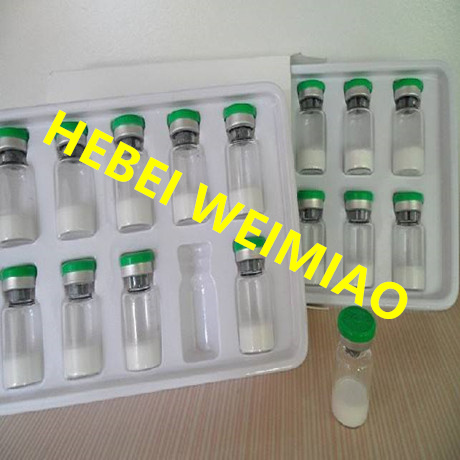
- +86-13363869198
- weimiaohb@126.com

Nov . 22, 2024 05:15 Back to list
liraglutide and semaglutide
Liraglutide and Semaglutide Two Innovations in Glucose Management
In recent years, the diabetes treatment landscape has transformed significantly with the introduction of new medications that enhance glycemic control while also offering additional health benefits. Among these, liraglutide and semaglutide, both belonging to the class of glucagon-like peptide-1 (GLP-1) receptor agonists, have emerged as pivotal players in managing type 2 diabetes mellitus (T2DM).
Liraglutide, marketed under the brand name Victoza, was approved by the FDA in 2010. It functions by mimicking the action of GLP-1, a hormone that is secreted in response to food intake. Liraglutide promotes insulin secretion, inhibits glucagon release, and slows gastric emptying, which together contribute to better blood sugar control. In addition to glycemic benefits, liraglutide has demonstrated cardiovascular advantages, including a reduction in major adverse cardiovascular events in patients with established cardiovascular disease.
On the other hand, semaglutide made its debut in 2017 and has rapidly gained prominence, being marketed under the brand name Ozempic for weekly administration and as Wegovy for weight management. Semaglutide enjoys a higher potency and longer half-life than liraglutide, allowing for less frequent dosing (once weekly) while delivering improved glycemic control. Clinical trials have shown that semaglutide not only reduces HbA1c levels effectively but also aids in significant weight loss, an important factor given the strong correlation between obesity and T2DM.
liraglutide and semaglutide

Both liraglutide and semaglutide have been associated with gastrointestinal side effects (e
.g., nausea, vomiting) but these are usually transient and can be minimized by gradually titrating the dose. Importantly, potential users should be aware of the risk of pancreatitis and the contraindications associated with personal or family history of medullary thyroid carcinoma.Semaglutide recently generated significant interest due to its use in weight management, showcasing not just a reduction in blood sugar levels but a marked decrease in body weight. This has made it a valuable option for patients struggling with obesity and T2DM, indicating its dual purpose in not only controlling glucose levels but also promoting weight loss—a key factor in managing diabetes effectively.
The introduction of these GLP-1 receptor agonists points to a broader trend in diabetes management that prioritizes holistic health outcomes. As clinicians become increasingly aware of the importance of treating not just the pathology of diabetes but also the accompanying risk factors such as cardiovascular health and obesity, medications like liraglutide and semaglutide represent essential tools in the therapeutic arsenal.
In conclusion, liraglutide and semaglutide exemplify advancements in diabetes care, providing effective glucose management combined with additional health benefits. With ongoing research and development, the future holds promise for even more innovative solutions aimed at improving the quality of life for individuals affected by T2DM. As these medications gain traction, they have the potential to reshape diabetes treatment guidelines and improve overall metabolic health for patients globally.
-
GS-441524 White Liquid Production for Factories | AI-Optimized
NewsAug.02,2025
-
AI-Optimized CAS: 79099-07-3 Factories for High Yield
NewsAug.01,2025
-
Premium CAS 1451-83-8 Factory with GPT-4 Turbo | AI-Optimized
NewsJul.31,2025
-
Pharmaceutical Intermediates - AI-Optimized Synthesis & Purity
NewsJul.31,2025
-
Top CAS: 79099-07-3 Factories & Wholesale Supplier from China
NewsJul.30,2025
-
High-Quality GS-441524 for White Liquid Type Factories & Suppliers
NewsJul.29,2025